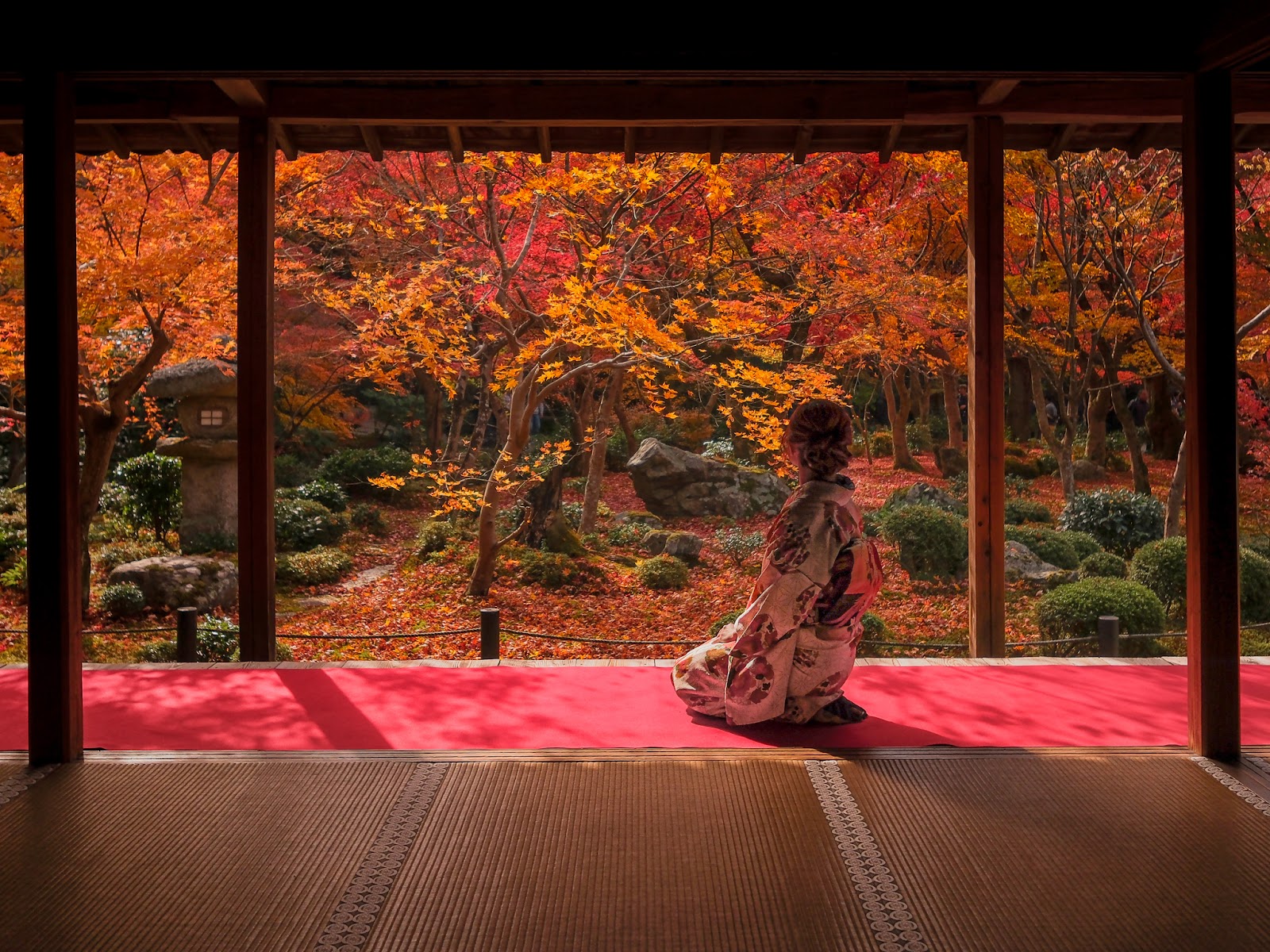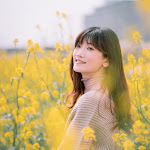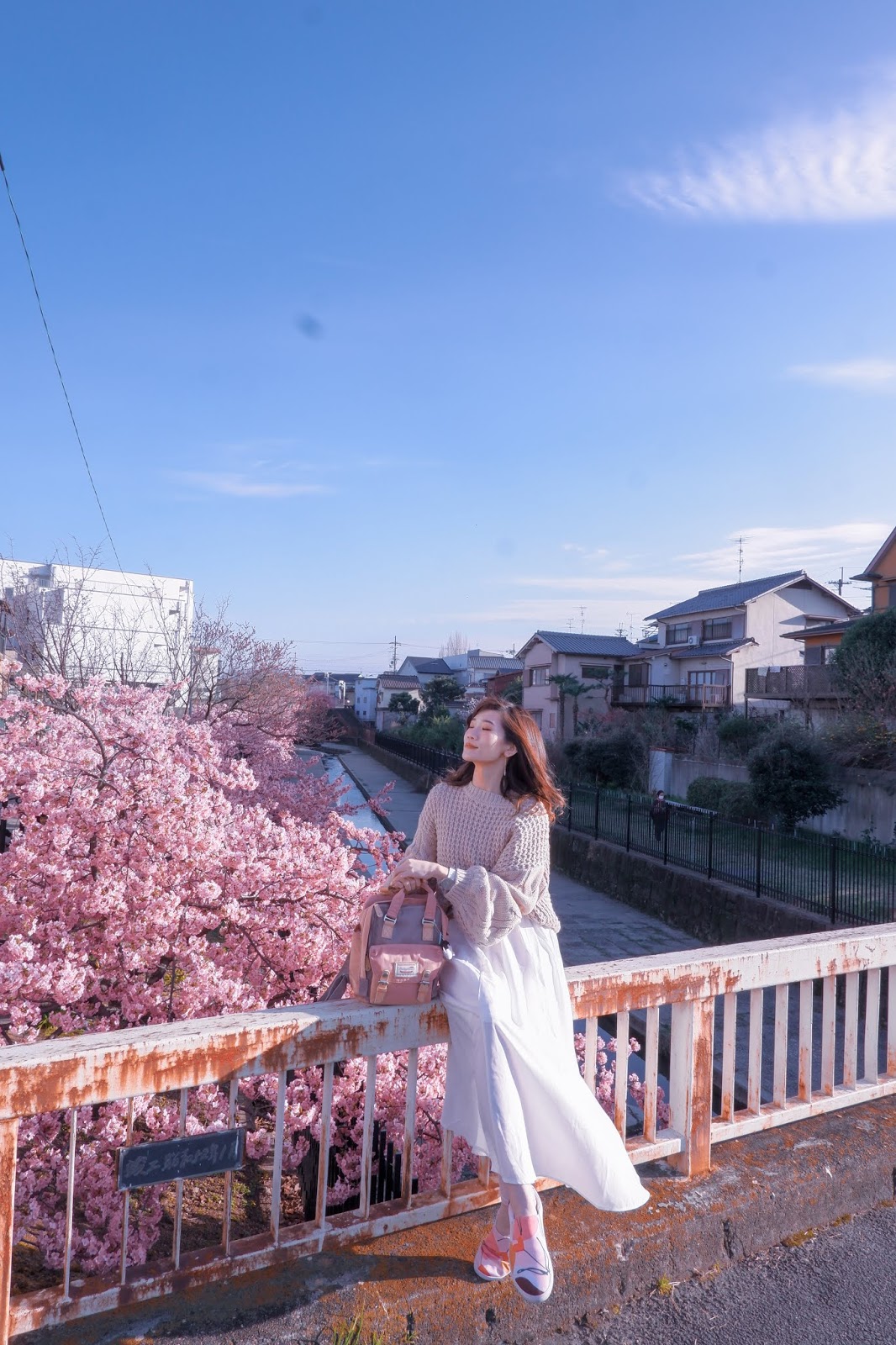Kyoto's Best Kept Sake Secrets
When walking around Fushimi, you'll come across alot of these tall traditional wooden buildings which are actually sake breweries.
Yasssss!! Go Kyoto! Lol, I sound so biased right now 😂 jk.
Part of Gekkeikan’s original brewery has been long converted into a museum where visitors can learn about its history, an entry fee in also includes 3 free sake tasting of your choice at the end of the tour. The museum is well equipped for foreign visitors with English translations available.
Also a fun fact about Gekkeikan: The brand’s long contribution to Japan’s sake growth has landed them an honorary role of providing sake for the Emperor’s enthronement ceremony and have been doing it since Emperor Taisho’s enthronement, followed by Showa, Heisei and now Reiwa.
A sake brand fit for the Emperors of Japan, it’s enough proof that this is the good stuff lol. When you bring back a bottle of Gekkeikan to your home country, you’ll have auto bragging rights to say “this sake was approved by the Emperors of Japan!” lol.
For traditional sake production, it is usually limited to certain periods of the year due to climate conditions and most smaller breweries still rely on this method while Gekkeikan is able to produce consistently all year round to meet customer demands so it’s easier to get a bottle even when you visit Japan during a supposed “off season” period for sake.
Gekkeikan have their own staple sake line which is usually sold in their trademark bottle design with a cover that also functions as a sake cup, pretty smart eh? There are also other types of flavoured sake available which I’m sure you’ll be able to find something to your liking and do take note that some items are exclusive to their museum store only. I know this souvenir purchasing advice is weird but please do buy home a bottle of their water to do a taste test comparison lol.
Our final sake stop in Kyoto brings us to another familiar area, which again I’ve been to multiple times before on my bike but never knew the existence of (really need work on my observation skills especially when it comes to places lol) and I’ve made sure to mark the place down on my google maps! Matsui Sake Brewery founded in 1726, less than 10 mins walking distance from Demachiyanagi station (Keihan Line) is a small quaint brewery tucked away from the main busy street, so it’s easy to miss especially if you are not familiar with the area. The history behind Matsui sake brewery is rather a fascinating one as they weren’t originally established in Kyoto unlike Gekkeikan but in fact from Tajima, Hyogo prefecture. If you have read my previous post on Japan’s original sake origin you would know that Hyogo is like the “Land of Sake”. It was sometime during Edo period when the brewery uprooted and moved to Kyoto which they have remained ever since.
This company has been brewing since 1637, making them exactly 384 years old this year! This 14th generation family business has grown together with Japan’s economy, establishing a presence for themselves over the past few centuries; recognized not only exclusively in Japan but worldwide.
Taking a step back to understand what makes their sake so special and why Fushimi? Because when one mentions that place the first thing that comes to their mind are a thousand large majestic vermillion Torii gates heading up Mt.Inari instead of sake lol. Fushimi ward is considered quite big so yes one part there’s Fushimi Inari and not too far from it is Kyoto’s prized sake district. So now that we have this small geography lesson aside, let’s get into what makes Fushimi “so special”!
We all would have noticed an obvious pattern by now that Japan isn’t very creative with location naming as they can be somewhat ‘literal’ especially when you read them in kanji lol and for Fushimi’s case, wasn’t any different because their old kanji characters of 伏水(fuku + mizu) actually reads as underground/ hidden water before it was changed to 伏見区 (Fushimi-ku) which is now known today. And there you have it folks, the special ingredient to making Kyoto's perfect sake- underground water
Pure underground spring water is the magic ingredient to Gekkeikan’s sake and that’s also how Fushimi became the second greatest area for sake production in Japan. And I know most people would debate saying water doesn’t have any taste by default but after tasting a cup of Fushimi’s water, you’ll definitely change your mind because it’s mind blowing. To describe it with words is somewhat difficult but the closest to put would be “soft and sweet?” Like drinking a silk version of water if that makes any sense?
These sake barrels are used for ceremonies and they are called "Kagami- Biraki".
By breaking the barrel cover with a mallet, it represents harmony and good fortune! That's why you'll always see it during wedding celebrations or new store openings.
Different variety of rice used by Gekkeikan and some of them can only be found in Kyoto
Part of Gekkeikan’s original brewery has been long converted into a museum where visitors can learn about its history, an entry fee in also includes 3 free sake tasting of your choice at the end of the tour. The museum is well equipped for foreign visitors with English translations available.
Part of the production is still done within the compound of this brewery, but their major production has expanded to different factory locations throughout Fushimi area.
Also a fun fact about Gekkeikan: The brand’s long contribution to Japan’s sake growth has landed them an honorary role of providing sake for the Emperor’s enthronement ceremony and have been doing it since Emperor Taisho’s enthronement, followed by Showa, Heisei and now Reiwa.
A sake brand fit for the Emperors of Japan, it’s enough proof that this is the good stuff lol. When you bring back a bottle of Gekkeikan to your home country, you’ll have auto bragging rights to say “this sake was approved by the Emperors of Japan!” lol.
For traditional sake production, it is usually limited to certain periods of the year due to climate conditions and most smaller breweries still rely on this method while Gekkeikan is able to produce consistently all year round to meet customer demands so it’s easier to get a bottle even when you visit Japan during a supposed “off season” period for sake.
Gekkeikan have their own staple sake line which is usually sold in their trademark bottle design with a cover that also functions as a sake cup, pretty smart eh? There are also other types of flavoured sake available which I’m sure you’ll be able to find something to your liking and do take note that some items are exclusive to their museum store only. I know this souvenir purchasing advice is weird but please do buy home a bottle of their water to do a taste test comparison lol.
Do give their Amazake (has a hint of ginger in it, making it a perfect cosy drink for winter) a try, it’s available only in Fushimi and I’ve never seen it elsewhere in Kyoto so far; So every time when craving hits, I find myself cycling over just to stock up on it lol.
Had so much fun learning about Gekkeikan's history, thank you so much for having us!
In between since you are already in Fushimi, you can take the keihan line down to Fushimi Inari (just 1 stop away) and do a short hike/ exploring in the area. Been there so many times that i lost count and i don't think i'll ever get bored of its magnificent thousand vermillion Tori gates.
Some might call this place overrated tourist spot, but if you look past the massive crowds and focus on the spiritual side of things, you'll actually feel inner peace from just hiking up the mountain. And you can't make something like this up; the sounds of nature just silencing everything else, allowing you to be present in "the moment". It's not called a spiritual or power spot for no reason, sometimes you got to see things through your heart and soul instead of your eyes. Sounds pretty deep, but that's how i usually feel when i'm here haha.
What makes this brand rather unique is that 60% of the electricity used for their sake production is solar powered, making them environmental friendly/sustainable which is something we need more of right now. The brewery’s location next to Kamogawa isn’t by pure chance either but due to cooler temperate conditions which is essential for the sake’s fermentation process.
In sake making, the conversion of starch to sugar and sugar to alcohol simultaneously is called "multiple parallel fermentation (MPF)," and this process is entirely unique to sake only because you won’t find in neither beer nor wine production. And one of the traits of MPF is that the alcohol produced contains a higher amount of alcohol content, as a result it’s normal to get a 20% reading from a fermented beverage. It’s pretty cool when you think about it and the term "multiple parallel fermentation", is giving me some Into the Spider verse vibes lol. (Geek Alert!)
What I like about this place is that they provide an intimate sake tasting session (as the shop is small) hosted by a Certified International Sake Sommelier named Jorge Navarrete and in English language too. Don’t get me wrong, though I understand Japanese well enough; some of the words and nuances tend to get lost in translation especially when I’m trying to convert it vice versa in my head (biligual/ multilingual fam can sure feel me with this) so it’s really refreshing to hear about sake being explained in English for once lol.
What I like about this place is that they provide an intimate sake tasting session (as the shop is small) hosted by a Certified International Sake Sommelier named Jorge Navarrete and in English language too. Don’t get me wrong, though I understand Japanese well enough; some of the words and nuances tend to get lost in translation especially when I’m trying to convert it vice versa in my head (biligual/ multilingual fam can sure feel me with this) so it’s really refreshing to hear about sake being explained in English for once lol.
As explained by Jorge during the taste session, their sake is made from the same kind of rice and yeast, but the various outcome of it is determined by the percentage of rice polishing. And no joke, the difference is HUGE (mindblowing in fact) and not forgetting pasteurization- this not only allows for sake to keep longer but also tastes more stable and smoother compared to unpasteurized sake. During the tasting session you can try both pasturized and unpasturised sake, it's usually cloudy instead of clear and feels similar to Amazake texture.
Jorge is not only experienced in conducting sake tasting sessions but also an actual brewer here in Matsui Sake Brewery
Their signature premium sake is called "KAGURA" so before leaving make sure to get a bottle as a souvenier and one can never have too much sake at home in my opinion lol, i rather drink this or whisky over beer anytime 😂 Also never heard the term of "sake belly" so it's safe to assume i won't grow rounder from drinking it everyday haha.
Thank you Matsui brewery for the tour and informative sake tasting session!
Make sure to put this place down on your list to visit once Japan borders are opened to foreign visitors again! Last but not least do check out this amazing video of our sake journey in Kyoto done by my talent friend- Andrew
To learn more about the wonders of Kansai and get inspirations for your next trip, you can check out The Kansai Guide & follow them on Instagram (@TrueKansai).


























No comments
Post a Comment
Your Comments puts a smile on my face :)
Thank you!
Note: Only a member of this blog may post a comment.